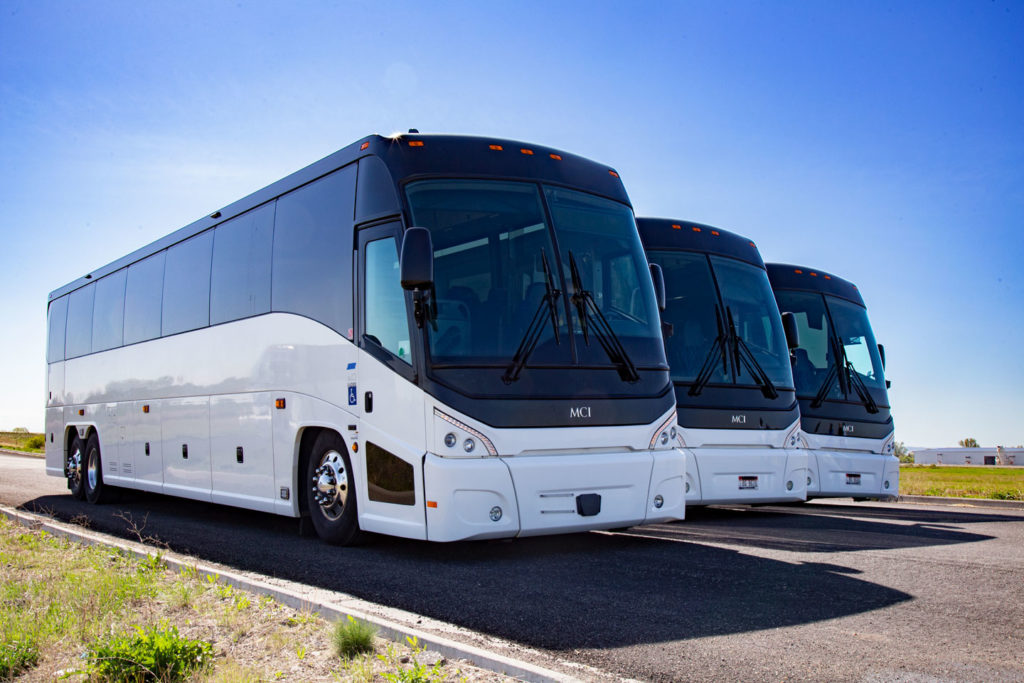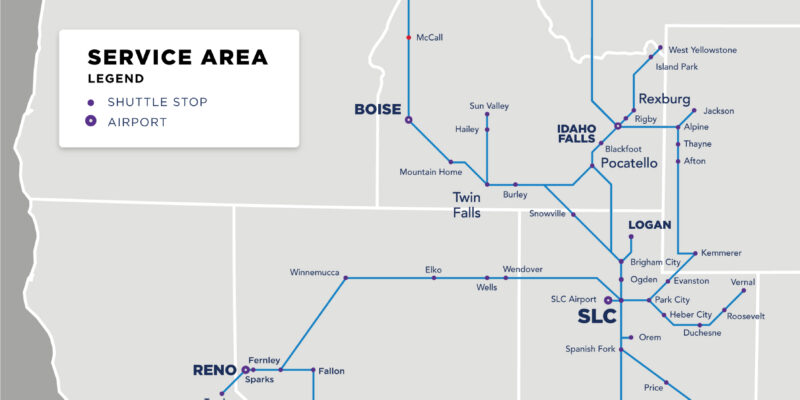The Early Years
30 years ago, in 1993, the journey of Tom and Irene in the transportation industry began with the establishment of Rocky Mountain Trails, a company that would later evolve into Western Trails Charters and Tours. What initially started as a modest endeavor quickly gained momentum. By 1994, their fleet boasted four buses, and with the aid of 11 drivers, they were able to provide charter services. It’s fascinating to note that during those early days, charters were organized using a blackboard set up in the couple’s front room. These humble beginnings laid the foundation for a company that would significantly impact the transportation landscape in Southeast Idaho. The year 1995 witnessed a pivotal step forward as the construction of a bus storage building marked the company’s growing presence. This building, now housing their shop and office in Sugar City, was inaugurated with great pomp by the Rexburg Chamber of Commerce. Around 1997, Tom and Jacob embarked on a new venture: a shuttle service connecting Rexburg to Salt Lake City airport. This strategic move, primarily aimed at catering to the BYU-Idaho student population, began a competition with another shuttle service provider, SLASH (Salt Lake airport shuttle hop). This rivalry fueled their determination to win over passengers and establish their foothold in the market. Tom’s initial estimation of 20,000 passengers a year was surpassed as the company’s efforts to exceed expectations gained momentum.First Rebranding
By the turn of the millennium, the company rebranded itself as Trailways Express and, in the year 2000, celebrated a significant milestone with Tom’s recognition as the Rexburg Chamber of Commerce’s businessman of the year. The year 2004 brought forth a new challenge: the launch of a feeder service between Twin Falls and Tremonton. However, the initial ridership fell short of expectations, prompting Tom’s decision to rethink the route’s viability. Remarkably, the course of this venture shifted when grant funding was secured in 2006, leading to the revival of the route.Acquisitions & Interlining
The trajectory of the company continued to ascend as it embraced various opportunities for growth and expansion. Notably, in 2008, they acquired SLASH, a move that dramatically increased their presence in Southeast Idaho and set the stage for further growth. In the same year, a grant-supported initiative created a connection between Rexburg and Butte, marking their entry into the interlining network with Greyhound. As their routes expanded, so did their horizons. The company’s name transitioned to Salt Lake Express in 2011, reflecting their desire to differentiate themselves from the Trailways corporation. Throughout the years, Salt Lake Express demonstrated resilience and adaptability in the face of changing market dynamics. Initiatives like the feeder service between Logan and Salt Lake City, the acquisition of Cache Valley shuttle, and the launch of a Zion Park shuttle showcased their commitment to meeting evolving customer demands. Their trajectory of growth was further fortified by grants awarded for commuter routes and acquisitions.30 Years of Determination & Innovation
 The narrative of Salt Lake Express is one of determination, innovation, and strategic thinking. As they celebrated successes, such as the expansion of routes and the acquisition of Northwestern Trailways in 2022, the company stood as a testament to the power of vision and perseverance. From the early days of managing charters on a blackboard to becoming a prominent player in the regional transportation landscape 30 years later, Salt Lake Express exemplifies the journey of a small enterprise that transformed into a thriving transportation powerhouse.
The narrative of Salt Lake Express is one of determination, innovation, and strategic thinking. As they celebrated successes, such as the expansion of routes and the acquisition of Northwestern Trailways in 2022, the company stood as a testament to the power of vision and perseverance. From the early days of managing charters on a blackboard to becoming a prominent player in the regional transportation landscape 30 years later, Salt Lake Express exemplifies the journey of a small enterprise that transformed into a thriving transportation powerhouse. 
